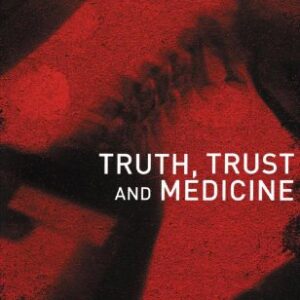Although it has been appreciated for many years that immune processes underlie most types of glomerulonephritis, it is the recent explosion in knowl? edge of cellular and molecular immunology that has prompted another book on the subject. The understanding of the mechanisms involved in renal injury requires the integration of information from in vitro cell-culture systems, experimental models of disease, and clinical studies. This volume draws on all of these sources in an attempt to explain current concepts of nephritis. Increased emphasis is placed on autoimmune processes, as opposed to the deposition of circulating immune complexes, although it will be apparent that these may overlap in the area of “in situ” immune complex formation. Of central importance in autoimmunity is the relationship between antigen pre? senting cells (including B cells) expressing MHC class II molecules, autoan? tigenic peptides, T helper lymphocytes, and various effector cells. The mechanisms by which the immune system may lead to tissue injury are also becoming better understood, and consideration is given to the role of inflam? matory cells, the complement proteins, and soluble factors such as cytokines and eicosanoids.






Reviews
There are no reviews yet.